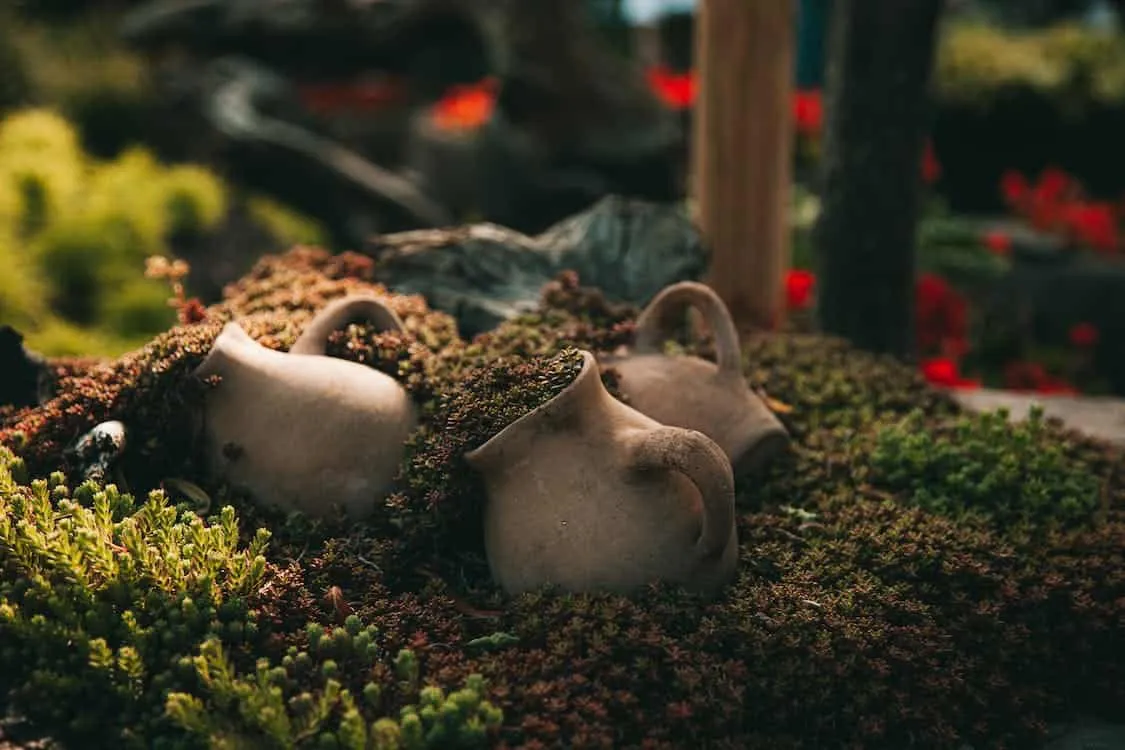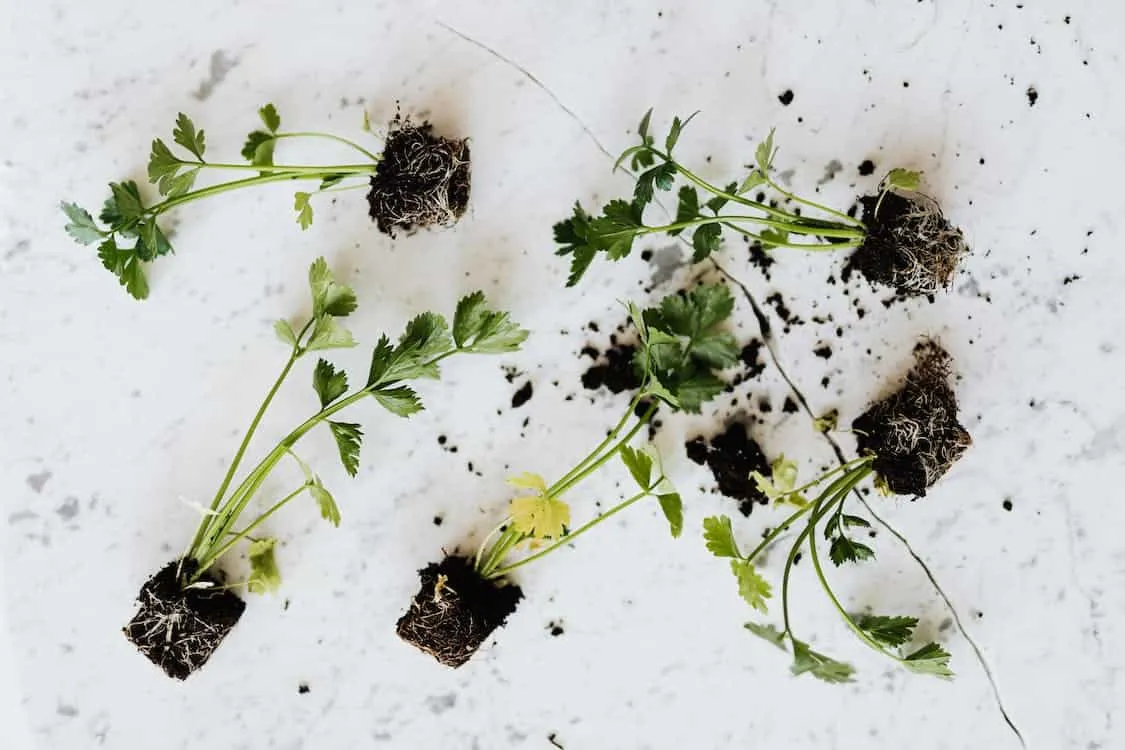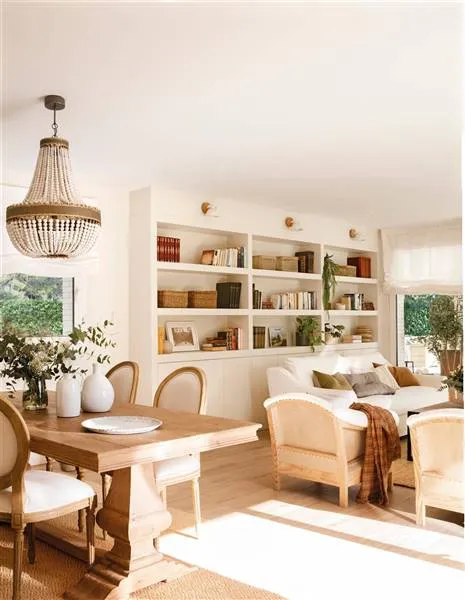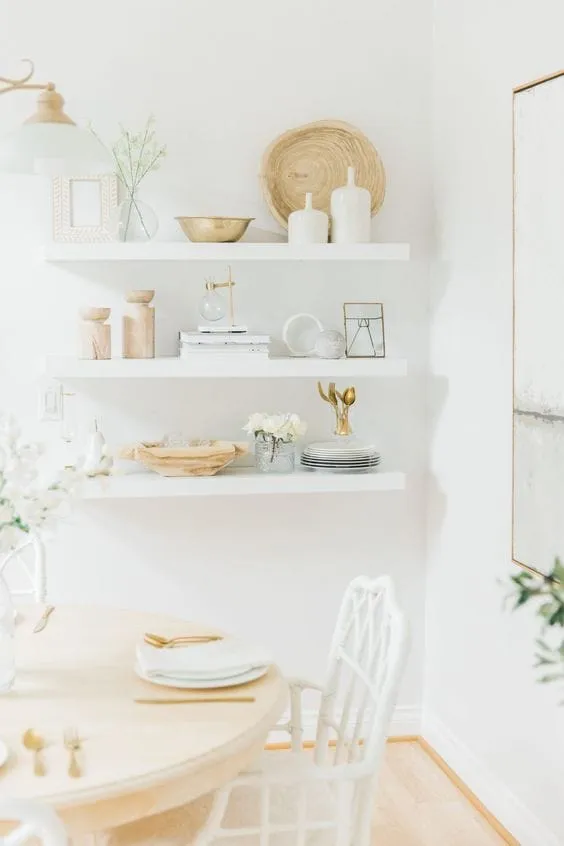There can be your advertisement
300x150
Make Your Garden More Beautiful: A Guide to Creating
In a world filled with concrete jungles, your garden can become a sanctuary — a living world of flowers, a place where nature's secret whispers. For home gardeners and DIY enthusiasts, the charm of creating a peaceful, beautiful space in your backyard is undeniable. Whether you're an experienced green thumb or just starting out, this guide will be your universal source for transforming a green area into a mesmerizing tapestry of foliage and flowers. Let's walk through the process that will help you turn your garden from functional to fantastic, knowing everything you need about planning, planting, and caring for a garden that will make your neighbors jealous.

Planning Your Garden
Before you start digging, it's important to lay the foundation for your garden design. Begin by envisioning your ideal garden. Think about the space you have, the plants you like, and the purpose of your garden — whether it's a peaceful sanctuary, a children's play area, or a burst of vibrant colors. Gather inspiration from gardening magazines, local botanical gardens, and even your own memories of magnificent open spaces.
Your garden's success depends on the local climate and environment. Learn about hardiness zones, which determine which plants will thrive in your area. Additionally, consider ecological factors such as available sunlight, soil type, and local wildlife presence.
Once you have a palette of plants in mind, sketch a rough layout plan for your garden. Consider the mature size of plants and how they'll look together. Use layers of varying heights and textures to create depth, and don't forget to leave space for walkways and future growth.
Choosing the Best Garden Resource

The value of finding the best garden resource cannot be overstated. With so much available information, experienced gardeners need a reliable source that not only imparts knowledge but does so accurately and deeply. A comprehensive guide or database on gardening should include a wide range of topics, including detailed plant profiles, care instructions, pest identification, and management strategies. Whether you want to add a moonflower with fragrant buds to your garden or create a butterfly garden for attracting colorful pollinators, having access to precise and authoritative information is crucial. With such a resource, you'll be equipped with the tools and understanding necessary to make informed decisions in your garden.
This includes choosing plants suited to your regional climate, optimizing plant health with appropriate soil amendments, and implementing eco-friendly pest control measures. Therefore, a reliable resource is essential for creating and maintaining a thriving garden that reflects beauty and energy.
Soil Preparation
Great gardens are built on great soil. Understanding the pH and composition of your soil is a fundamental step. You can either buy a home testing kit or visit a local agricultural center for professional analysis.
Most home gardens benefit from amendments. For clay soils, which are typically heavy and poorly drained, add compost to improve aeration and drainage. Sandy soils need organic matter to enhance their ability to retain water and nutrients. Work amendments into the top 12-18 inches of soil for thorough mixing and loosening.
Compost is a gardener's best friend. It retains moisture, suppresses weeds, and adds essential nutrients to the soil as it decomposes. Choose organic mulches such as wood chips or straw for best results. If the mulch is too thick, it can impede water penetration into the soil, so aim for a thickness of 2-3 inches. Balancing soil pH and ensuring adequate nutrients through amendments and mulching will ensure your garden thrives.
Planting and Care

The planting process is a harmonious blend of art and science, while care is dedicated work guaranteeing the long-lasting beauty of your garden. During planting, it's important to be attentive to specific depth and spacing for each species. After planting, water plants deeply and ensure consistent watering to help establish strong root systems.
Pruning is not only aesthetics; it's a way to ensure the health of your plants and control their growth. Regularly prune branches to remove dead or diseased ones and stimulate new growth.
Also, keep a close eye on pests and diseases. The best approach is combining cultural practices such as maintaining soil health with careful use of organic or chemical treatments to protect your garden without harming beneficial organisms.
Adding Decorative Elements
A garden is more than just a collection of plants; it's a living palette. Create pathways using natural stone, brick, or gravel. Borders, whether flower beds or walkways, help define space and give the garden a well-tended, organized look.
Water sounds can be incredibly soothing. Consider adding a small fountain or water feature. Strategic lighting can extend the enjoyment of your garden into the night, creating a magical glow above your green sanctuary. If space allows, a garden house or gazebo can add charm and functionality to your backyard. You can create your own design for a house or buy a ready-made one, depending on your needs and budget.
Don't underestimate the power of art in a garden. From sculptures and garden ornaments to colorful bells, personal accents add character and reflect your personality in the space.
Sustainable Practices
In gardening and life, achieving harmony depends on sustainability. Native plants offer the ideal solution since they are well-suited to regional conditions and support local wildlife, providing food and shelter. Moreover, they require less water and maintenance compared to exotic species. By embracing native plants, you not only enhance the beauty of your garden but also contribute to a more balanced and ecologically clean environment. 2. Water-Efficient Gardening
Install a rain barrel to collect water or set up a drip irrigation system to water plants directly in their root zone. Avoid watering during the hottest part of the day to minimize evaporation.
A compost bin is an indispensable tool for any gardener. By recycling household and yard waste, you create a nutrient-rich amendment for the soil that improves plant health while reducing your environmental impact.
Embracing Seasonal Changes

As seasons change, your garden should adapt to shifting weather conditions and temperature fluctuations. Think of your garden as a stage for nature's magnificent performances throughout the year. In spring, prepare your beds for active growth by clearing winter remnants and pruning overwintering perennials. In summer, diligent watering and enjoying the peak of blooming are essential. As autumn approaches, plant bulbs and cold-hardy varieties for an early spring burst of beauty.
Using a seasonal gardening calendar helps plan annual tasks and enjoy the unique beauty of each period. Seasonal adjustments should not be burdensome; with proper planning, they can seamlessly integrate into the gardening experience, enriching both the vitality of the garden and the joy of its care.
A good idea is to keep a gardening journal to track your garden's progress and document any changes you make. Recording your journey allows you to reflect on your successes and learn from any challenges. If the garden is a sanctuary, the gardener's journal acts as its keeper of secrets — a testament to the evolving nature of your green sanctuary and continuous growth as a gardener.
Using Companion Plants
The practice of growing companion plants is based on the principle that some plants can benefit from being grown together. This method goes beyond aesthetic value, delving into symbiotic relationships where companions help with pest control, pollination, and efficient space use in the garden. For instance, daisies release substances through their roots and leaves that repel nematodes and other pests, protecting neighboring plantings. When incorporating companion plants into your garden design, knowing compatible plant pairs is crucial.
On the other hand, there are plants that should not be planted next to each other. For example, members of the nightshade family such as tomatoes and potatoes can slow down each other's growth when grown too close due to diseases they may carry. Researching plant relationships beforehand prevents potential problems and ensures a harmonious environment for the garden.
Pest Control and Plant Disease Prevention
Effective pest control and plant disease prevention are the foundations of a healthy garden. Early detection and identification are key, so regular monitoring of plants is essential. Learn to recognize signs of common pests and diseases affecting gardens in your region. Implementing integrated pest management (IPM) strategies reduces reliance on chemical pesticides, emphasizing biological and cultural practices. Crop rotation, sanitation, and using resistant varieties can significantly reduce pest and disease pressure. If chemical treatments become necessary, choose targeted and less toxic options, always following label instructions to protect the environment and non-target species. Remember that a successful garden management plan requires a proactive approach, not reactive, ensuring long-term sustainability and ecosystem health in the garden.
Gardening is an art that blends nature's beauty with human care, a craft that shapes a living environment into a source of pride and tranquility. With dedication, knowledge, and an unyielding passion for gardening, any piece of land can be carved into a vibrant canvas celebrating the cycles of life and seasons. Armed with the right tools, guidance from authoritative sources, and sustainable practices, success is not a matter of chance but the result of careful planning and mindful management. This guide stands as testimony to the journey of a dedicated gardener — a path paved with joy in creation and satisfaction from watching life flourish under your care.
More articles:
 Link House by Strey Architects and Associates in South Africa
Link House by Strey Architects and Associates in South Africa Lint House by Palafito Arquitectura in Chía, Colombia
Lint House by Palafito Arquitectura in Chía, Colombia Lit Time by Fun Connection in Xianning, China
Lit Time by Fun Connection in Xianning, China LITEX SURFACE Headquarters by JUMGO CREATIVE: Flagship Store Combining Brand Identity with Experimental Design
LITEX SURFACE Headquarters by JUMGO CREATIVE: Flagship Store Combining Brand Identity with Experimental Design Luxury Residential Style in One of Four Miami Skyscrapers
Luxury Residential Style in One of Four Miami Skyscrapers Living Room Furniture That Fills the Entire Wall
Living Room Furniture That Fills the Entire Wall Living Room Trends to Embrace in 2024
Living Room Trends to Embrace in 2024 White Shelves for Living Room and Bedroom with Luxury Effect
White Shelves for Living Room and Bedroom with Luxury Effect